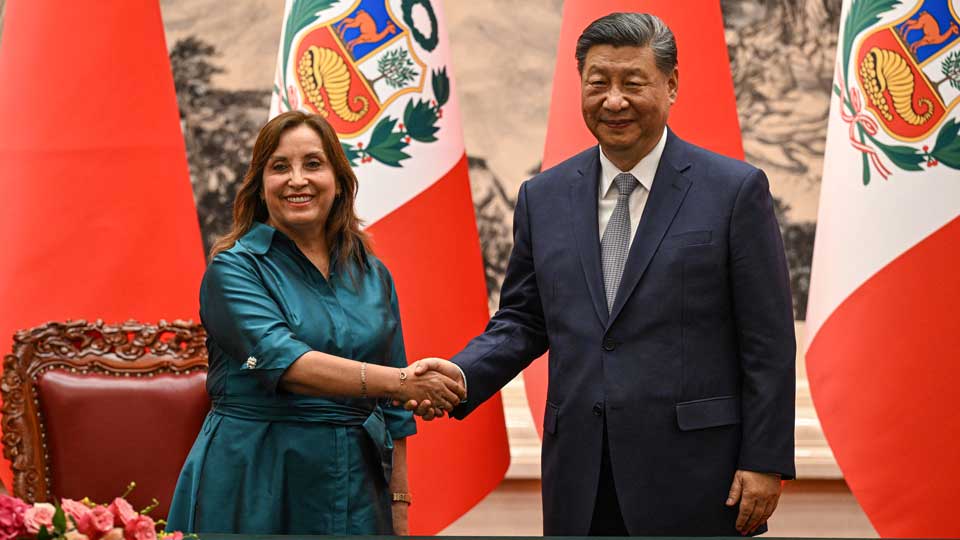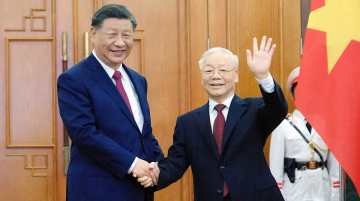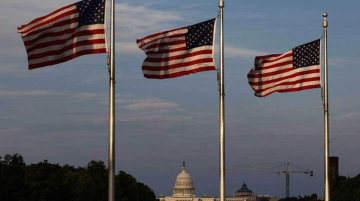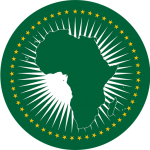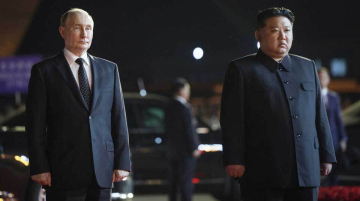There was a brief moment earlier this year when it looked like the United States was going to succeed in its effort to put some distance between Peru and China.
U.S. diplomats had lobbied hard behind the scenes to get the Peruvian government to reassess the exclusive rights that Chinese state-owned shipping giant Cosco had secured to the new Chancay mega port that the company is building and is set to open later this year.
In March, Peruvian port authorities said they had mistakenly granted those exclusive rights to Cosco and sought to restructure the deal, which appeared to be a win for the U.S.
The port, located 70 kilometers from Lima, will be one of the largest deepwater facilities in the region and will significantly cut down transport time between South America and China, making Peru a new gateway to Asia.
In addition to China’s encroaching economic influence, officials in Washington were also concerned about the port’s potential to berth Chinese navy vessels.
But just four months later, the Peruvian government pivoted again and decisively resolved the port issue by reaffirming Cosco’s original exclusive right to operate Chancay.
The settlement was done just in time to clear the way for President Dina Boluarte’s visit to China last week, where any sense of friction between the two governments was a distant memory.
Boluarte was all smiles during her visits to BYD and Huawei HQs in Shenzhen and later in Shanghai when she pitched investors on how the Chancay port will make her country a key gateway for China in the Americas.
By the time she got to Beijing on Friday, any hesitations Boluarte may have had earlier in the year about fully embracing China were long gone.
After meeting with her Chinese counterpart Xi Jinping at the Great Hall of the People, the Peruvian president left with an upgraded free trade deal and the promise of enhanced copper sales, infrastructure deals, and agricultural trade.
For Boluarte, like many Global South leaders, the decision to lean more towards the U.S. or China in this new era of great power rivalry often comes down to what each side can offer a country like Peru.
It’s basic politics.
